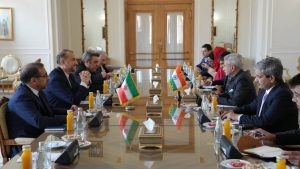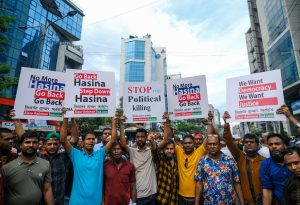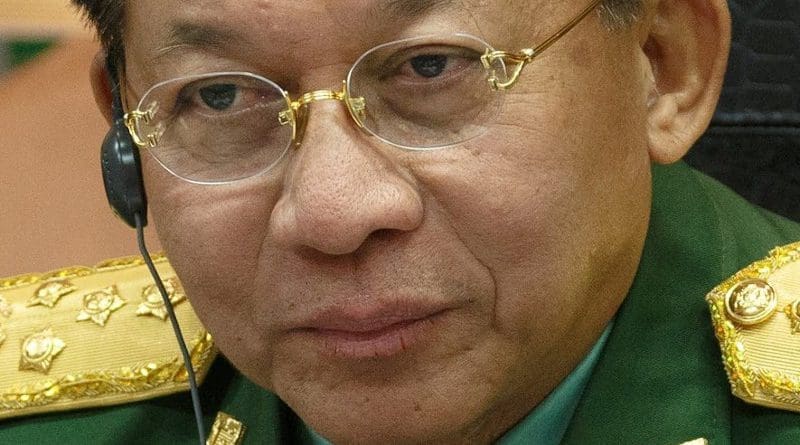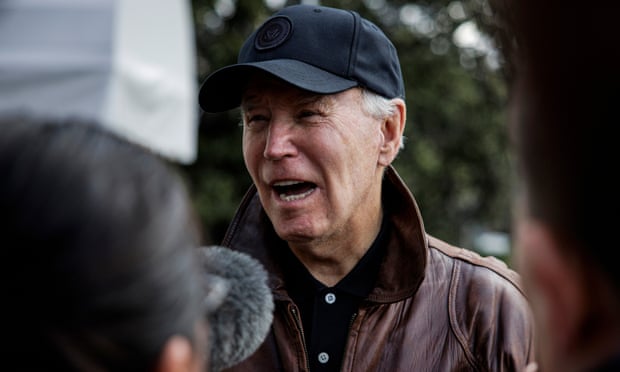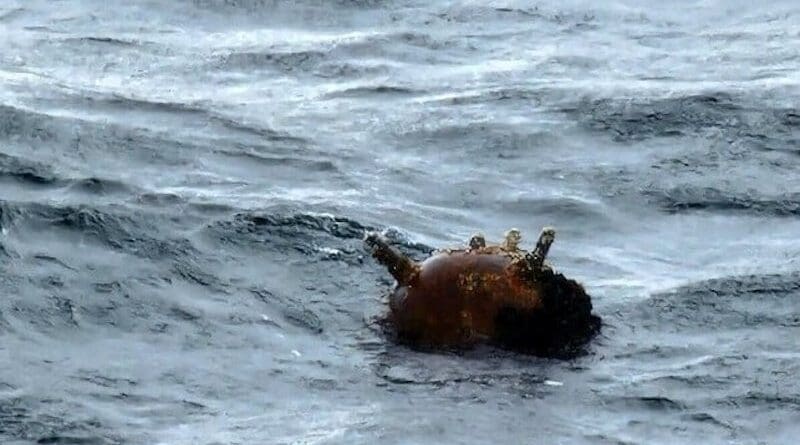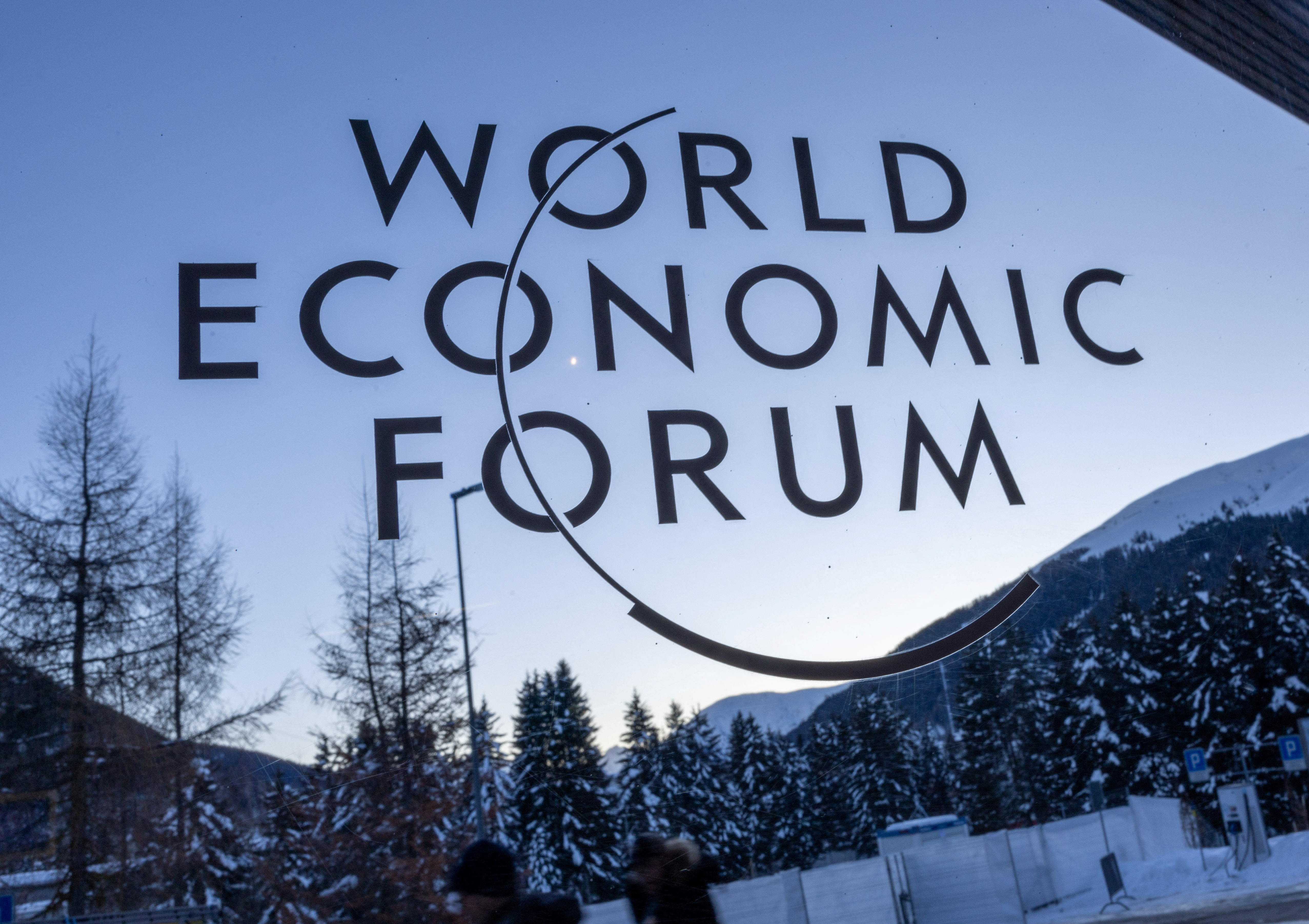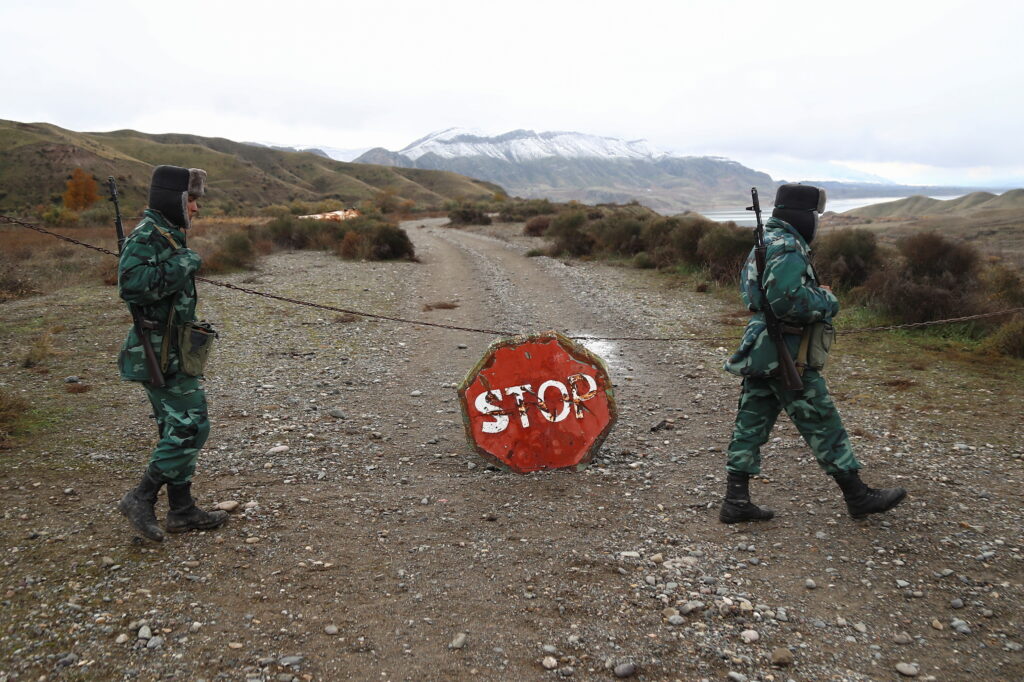Jonathan Spyer
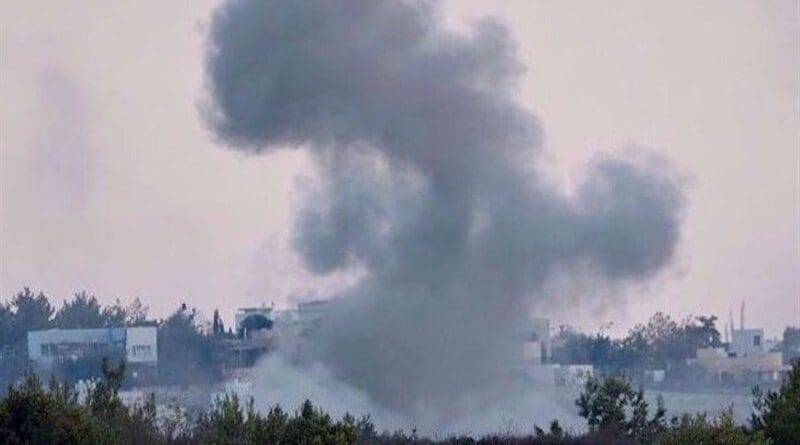
Israeli aircraft and artillery this week carried out what the Lebanese media described as the “densest bombardment of a single location” in southern Lebanon since the commencement of the current round of hostilities between Jerusalem and the Lebanese Hezbollah movement on October 8, 2023.
The targets were located in the area of Wadi Saluki, well known to Israelis as the site of a bloody battle in the last days of the 2006 war.
The bombardment of Wadi Saluki is the latest episode in the controlled but intense confrontation currently taking place on the northern border.
Civilians on the Border Affected
Civilians have largely left the area on both sides of the border. Approximately 86,00 Israelis have departed the border communities. Those who have stayed are in danger of being targeted by Hezbollah teams using anti-tank guided missiles.
On January 14, Mira and Barak Ayalon were killed in the northern village of Kfar Yuval, when Hezbollah launched an anti-tank guided missile (ATGM) at their home. Missiles were also fired at Misgav Am, Avivim, Yiron, Zarit, and Shomera during the week.
The deliberate targeting of civilians by Hezbollah is contrary to all laws of war, though little reference to it or condemnation of it may be found in the global media or from Western leaders. On the Lebanese side of the border, around 100,000 people have also left their homes in the wake of the fighting. Hezbollah has occupied many of the deserted houses.
The northern border area is today an active combat zone. About 170 Hezbollah fighters have been killed since October 8, along with 19 members of other terror groups, and 19 civilians, including three journalists. Israel has lost nine soldiers and six civilians.



